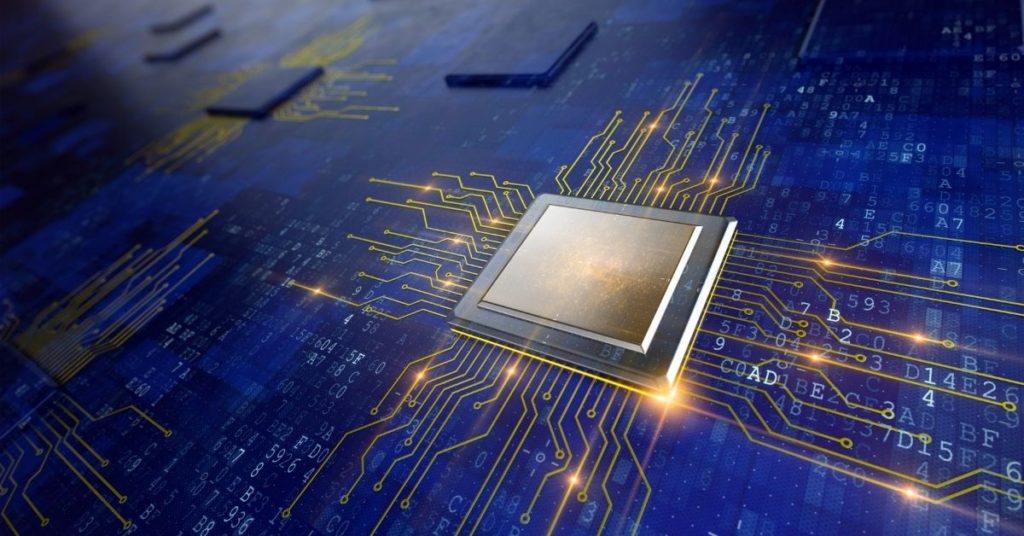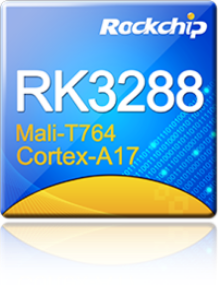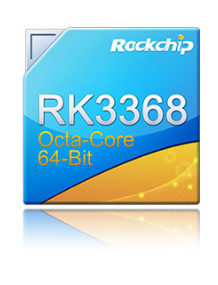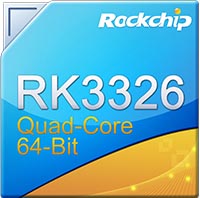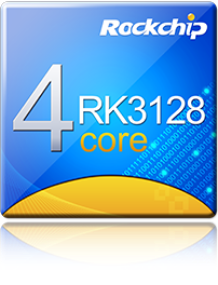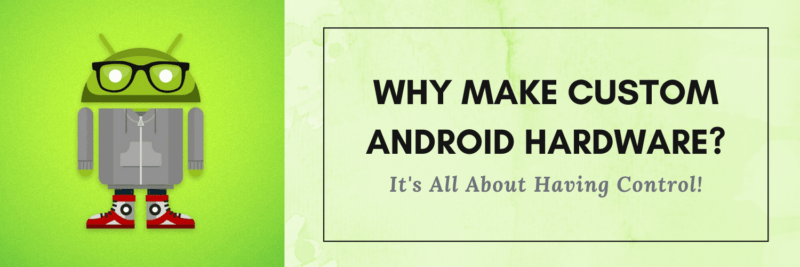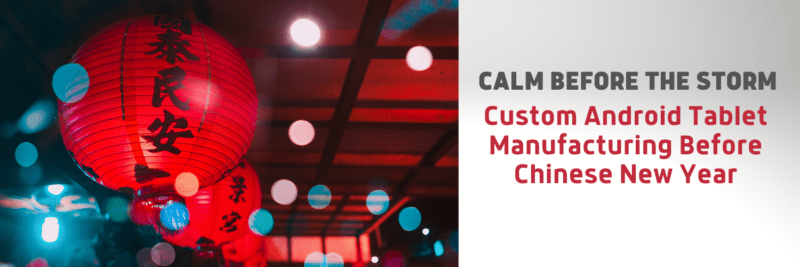
Project Scope
Design a tablet for photographers to quickly review their shots and copy photos from the camera’s memory card to a spare card.
Use Cases
Photographers want to quickly review photos on a clear and large screen then move images off their camera’s memory card so they can get back to taking photos again. Hatch’s client identified this unique market and turned to Hatch to manufacture a custom Android tablet tailored to serve it.
Hardware and Mechanical Requirements
- 9” Screen
- No Wireless Connectivity (mobile data, Wi-Fi, Bluetooth, etc)
- Two Full Size SD Card Slots
- Large 4000mAh Battery
- Custom Protective Case
Hatch’s Responsibilities (Learn more about Android Development Service)
- Custom Android firmware programming
- Custom PCBA design
- Reference design modification to add extra SD card slot
- Assistance with Industrial Design
- Mechanical Engineering
- Creating prototypes
- Tooling for device case
- Manufacturing process optimization
- Create finished product testing procedure
- Trial and Mass Productions

Time Frame
This project moved fairly quickly from Hatch’s end. Two months passed from kickoff to initial prototype. The customer took a few months to thoroughly test the initial prototype, which is time well spent. Another month was used to refine aspects of the firmware in parallel with producing the tooling for the tablet’s casing. Trial production took a month and then the customer needed extra time to refine and debug their app. The whole process took about 8 months, but most of this time was used for app related development and optimizations.
How it Happened
The client initially approached Hatch about working together when they first started conceptualizing the project around 2017. At that time, as a new company and concept, they couldn’t commit to Hatch’s minimum order quantity. We wished them good luck and ended the discussion. They came across another tablet supplier who said all the right things, won the business and then forced the client to place a large order (which they weren’t ready for) or lose their deposit. If everything went well that’s where the story would have ended, but after deceptive business practices the other supplier also shipped bad products and were difficult to work with. At that point the customer contacted Hatch again and asked for help with getting out of their dilemma. Typically we don’t get involved with this kind of situation, but the client seemed like good people in a bad position. We agreed to help them fix the problems and manage production for the rest of their order from the first supplier before redeveloping the product ourselves.
As the first order was coming to an end Hatch started to redevelop and improve the product. Hatch had the benefit of learning from the mistakes of the first development, which helped our development go smoothly and make the customer experience even better.
The device had several custom hardware requirements that deviated from the standard reference design, the electronics design which ‘off the shelf’ Android tablets are based on. For example, remove Wi-Fi, Bluetooth, cameras, headphone jack, unnecessary apps, and increase battery size. Also Hatch needed to add a second memory card slot and make both memory cards full size SD, while the reference design calls for one MicroSD size memory card. Most of these hardware customizations also required related firmware modifications.

Result
The results were great. A large part of the success came from the lessons learned from the first generation of the product. Our client was able to earn a reputation for higher customer satisfaction than the competition (in their niche) thanks to the great job they did with redesigning their app and the improvements Hatch made to the hardware and firmware. This allowed them to raise the retail price, helpful in offsetting the high costs of fixing problems with their first generation product.
It’s hard to predict how things go in business, but some situations create good stories when told in retrospect. Sometimes, for whatever reason, people don’t connect with potential friends/customers/whatever on the first interaction, but a relationship develops in the future. This client has turned out to be a great company to work with and Hatch provided key value to them. Often companies contact us who aren’t ready to work with Hatch when they first reach out. I try to guide them in the best direction for them rather than sell them services they’re not ready for. Hopefully my guidance or something else they did brought success. It’s always a pleasure to see companies flourish and become able to help them.


